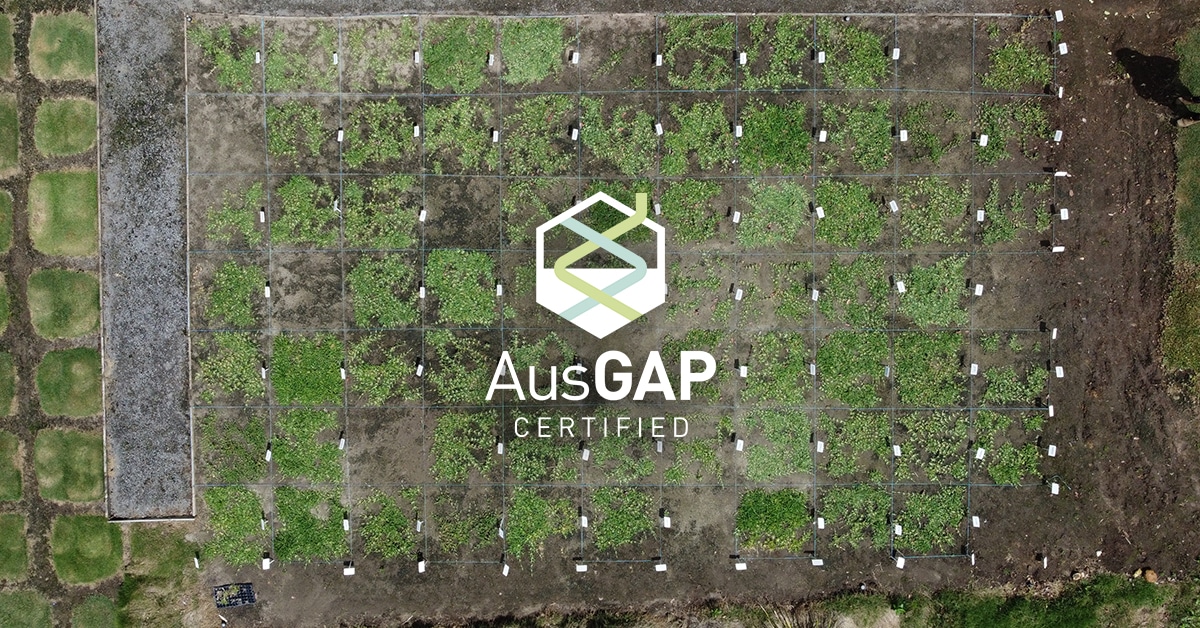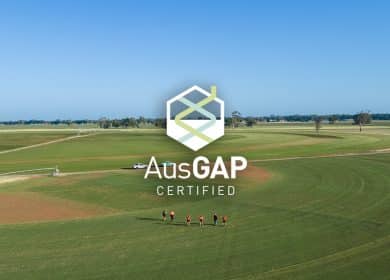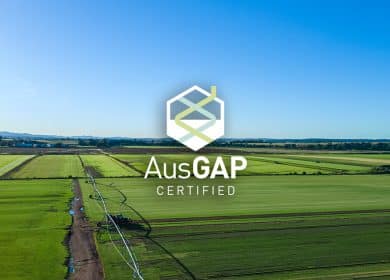
Turfgrass has evolved significantly over the centuries, from its origins as wild grasses to its present day use in various applications such as sports fields, golf courses, residential lawns, and public parks. The journey of turfgrass is one of adaptation and innovation, shaped by cultural practices, technological advancements, and environmental demands. In Australia, this evolution has been particularly marked, as the unique climate and diverse landscapes have necessitated the development of resilient and adaptable turfgrass varieties. This article explores the history of turfgrass and its evolution, with a special focus on how it has been shaped by Australian conditions.
The Early History of Turfgrass
The use of turfgrass can be traced back to ancient civilisations where natural grasslands were maintained to provide grazing for livestock. However, the concept of a manicured lawn as we know it today began in medieval Europe. Wealthy landowners would maintain closely cropped grass around their estates as a symbol of status and power.
With the advent of the Industrial Revolution in the 18th and 19th centuries, the popularity of lawns grew. The invention of the lawnmower in 1830 by Edwin Budding revolutionized turf maintenance, making it more accessible to the broader public. This period also saw the beginning of scientific interest in turfgrass, with early agronomists experimenting with different grass species to develop more uniform, resilient, and attractive lawns.
The Evolution of Turfgrass in Australia
Turfgrass was introduced to Australia by European settlers in the late 18th and early 19th centuries. The initial focus was on replicating the manicured lawns and sports fields of Europe. However, it quickly became apparent that Australia’s harsh climate and diverse environments required turfgrass varieties with unique characteristics. The early settlers faced significant challenges in maintaining European grass species, which often struggled in the Australian climate.
In response to these challenges, the Australian turfgrass industry began to focus on the development and cultivation of species that could withstand the country’s unique conditions. This led to the increased use of warm-season grasses, such as Couchs like TifTuf Hybrid Bermuda and Buffalos like Sir Walter DNA Certified, which are more drought-tolerant and heat-resistant than cool-season grasses.
The Modern Turfgrass Industry in Australia
Today, Australia’s turfgrass industry is at the forefront of research and development, continuously evolving to meet the demands of the environment and the market. The focus is on breeding and cultivating turfgrass varieties that are not only resilient but also environmentally sustainable. This includes developing grasses that require less water, are more resistant to pests and diseases, and can thrive in a variety of soil types.
In recent decades, zoysia grasses like Sir Grange or Zoysia Australis have gained popularity in Australia due to their low maintenance requirements and excellent drought tolerance. This variety, which originated in Asia, has been adapted to Australian conditions and is now widely used in residential lawns, public spaces, and sports fields.
Moreover, advancements in genetic research have allowed for the development of turfgrasses with enhanced traits such as improved colour retention during winter and increased wear tolerance.
The Future of Turfgrass in Australia
As Australia continues to face challenges such as climate change and water scarcity, the turfgrass industry will play a crucial role in developing solutions that balance aesthetic and functional needs with environmental sustainability. Ongoing research into turfgrass genetics, breeding, and management practices will be essential in meeting these challenges.
The evolution of turfgrass from its origins in ancient grasslands to its current use in modern landscapes reflects the dynamic interplay between human needs, environmental conditions, and technological advancements. In Australia, this evolution has been shaped by the country’s unique climate and landscape, leading to the development of turfgrass varieties that are well-suited to the challenges of the environment. As the industry continues to innovate and adapt, the future of turfgrass in Australia looks promising, with a strong emphasis on sustainability and resilience.


